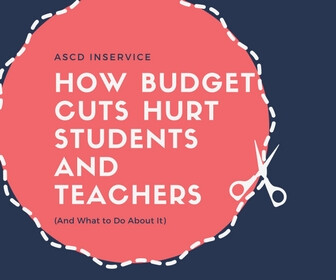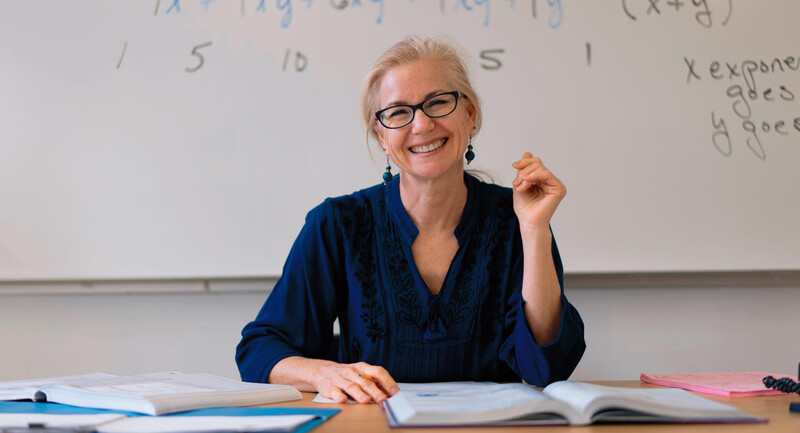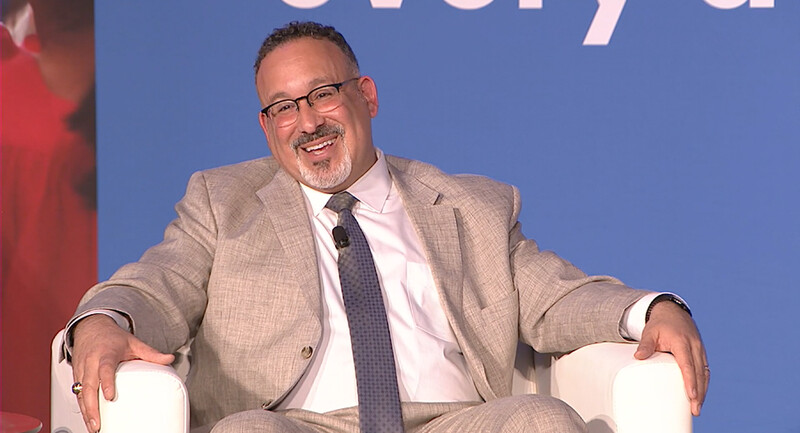Whether you’re a veteran or a rookie in the teaching world, you know that not everyone learns the same way. What works for 10 students might not work for one student. Going through the process of getting to know your students’ needs can allow for a better understanding of how they learn and operate within the classroom. Teaching often involves utilizing available resources to meet the individual needs of students and their particular learning style. This is of course a lot easier said than done. With budget cuts shaking up schools all across the U.S., teachers can feel helpless to provide for their students.
No Art Teacher Left Behind
Despite the importance of having various learning opportunities for students, more and more U.S. school systems are seeing cuts to their creative learning departments such as music, drama, and art courses. The curriculum implemented in schools over the past several years have become predominantly math and science focused, leaving behind art education in many schools.
As Ed Source further explains, “The cuts came against the backdrop of the decade-long emphasis on math and reading as mandated by the federal No Child Left Behind law … In fact, in the Los Angeles Unified School District, the state’s largest, one-third of the district’s 345 arts teachers were let go between 2008 and 2012 and arts offerings for half of K-5 students were reduced to zero.” The decrease in creative learning classes and instructors leaves many students who would otherwise flourish in these particular courses with a difficult, overwhelming sense of disappointment within their other academic efforts.
Being able to experience and participate in creative outlets can help students with decision-making, cultural awareness, as well as aid their performance in other subjects, as PBS points out. This means that having a lack of art courses in schools can have a detrimental effect on students’ overall academic achievement.
The Digital Divide
Additionally, as the digital age continues growing and finding its way into daily curriculum, students in lower-income families can struggle to keep up with their peers academically. Considering the resources available online these days, information found on the internet is outpacing traditional textbooks. This can cause problems for students without internet access at home and hinder their learning opportunities.
Students from lower-income families already face various disadvantages inside and outside of the classroom, and with funding for technology lending programs in schools being cut, experts at Asset Panda worry that students without a valuable asset such as a laptop can fall behind their peers:
Low-income students often don’t have access to devices at home. With the wealth of information and educational resources available on the internet, students that come from working-class families can improve their social standing and can even help their families get out of poverty. But without internet access, they’re prevented from any opportunities which could greatly improve their quality of life.
For teachers in these situations with students, finding an effective way to take care of their needs becomes even more challenging and ultimately can result in students falling between the cracks, despite a teacher’s best efforts.
Find Your Connection
With all of that in mind, teachers who strive to understand and connect with their students are able to better identify their strengths and weaknesses as well as find more ways to be inclusive of each student’s needs, despite these cuts to art education and a significant lack of technology. As experts at University of Cincinnati explain, “remember that each student is different and any one strategy is not going to work with all of them. Try not to become frustrated if the current strategy isn’t working with a particular child…In the end, you will find a strategy that will work with that particular child.” Forging these relationships with students can also help teachers learn, giving them a wider spectrum of experiences and solutions for future instances.
There is some hope in all of this. As much as students rely on their teachers, and the valuable connections with them, there is only so much teachers can do considering the resources available. Luckily, it appears that those who understand the importance of creative courses in school and see the digital divide happening throughout the nation are working towards a solution. There are a growing number of campaigns, nonprofits, and an overall push for better funding of these crucial resources and programs.
However, teachers should still be actively seeking to evaluate and understand each individual student and their needs. By taking the time to dig deeper into a student’s personality, life, and learning style, teachers can create a helpful classroom and overall experience that will aid students throughout their entire educational experience. Despite the challenges the nation’s school systems face, teachers still have the power to establish a trusting, supportive environment for every student that walks through their classroom door.








